🌿 Flax is one of those fabrics we could call the cool veteran of clothing. Used since ancient times, it has dressed Egyptian pharaohs and Roman nobles. But don't be fooled by its venerable age: flax is more relevant than ever, especially when it comes to sustainability. It's the gentleman of fabrics, elegant, durable, and with a green heart.
Why Flax is the Right Choice?
🌍 Environmental Benefits
Water Savings
-
Flax is a camel among textile plants: it requires much less water compared to other crops like cotton.
-
To produce 1 kg of flax fiber, about 650 liters of water are needed, while for 1 kg of cotton, up to 10,000 liters1 are required.
-
In some regions, like Northern Europe, flax grows thanks to natural rainfall, completely eliminating the need for additional irrigation.2
-
Sustainable Farming
-
Pesticides? No, thanks! Flax is naturally resistant to diseases and pests, reducing the need for chemical pesticides.
-
Only 0.4% of pesticides used worldwide are for flax, compared to 16% used for cotton3.
-
-
Improves Soil Quality: the deep roots of flax help prevent soil erosion and improve its structure. It's like a rejuvenating massage for the earth.
Zero Waste
-
Nothing from the flax plant goes to waste: every part is utilized.
-
Long fibers: for high-quality fabrics.
-
Short fibers: for luxury paper and insulating materials.
-
Flax seeds: used in food and to produce Omega-3 rich flax oil.4
-
👩🌾 Positive Social Impact
Support for Farming Communities
-
Local Cultivation: Europe is a world leader in flax production, with France, Belgium, and the Netherlands at the forefront.5 Supporting flax means supporting the local economy and traditional farming practices.
Traditional Practices
-
Craftsmanship and Culture: flax processing keeps ancient artisanal traditions alive. It's a cultural heritage to wear with pride.
🌱 Benefits for Consumers
Unmatched Comfort
-
Cool in Summer: flax can absorb up to 20% of its weight in moisture without feeling wet, keeping you cool and dry.6 Wearing it is like having a natural air conditioner on you.
Durability
-
Extraordinary Strength: flax is one of the most durable natural fibers.
-
Flax fibers are up to 30% stronger than cotton.7
-
-
The More You Use It, The Better It Is: it becomes softer and more comfortable with each wash. It's the only case where aging is an advantage.
Hypoallergenic and Antibacterial
-
Skin-Friendly: ideal for those with sensitive skin or allergies. Flax has natural antibacterial properties, helping to reduce odors and irritations.8
Thought-Provoking (And Smiling) Data
-
Reduced Emissions: flax production emits up to 75% less CO₂ compared to polyester and 33% less than organic cotton.9
-
CO₂ Absorption: during growth, 1 hectare of flax absorbs 3.7 tons of CO₂10. It's as if flax has a secret passion for cleaning the air.
The Flax Journey
Sustainable Agricultural Practices
Organic Cultivation
-
Crop Rotation: flax is often alternated with other crops, improving soil health and reducing pest occurrence.
-
Zero Additional Irrigation: in temperate European climates, flax grows with only natural precipitation.
Natural Processing
Retting
-
Natural Process: retting can occur in the field, using nighttime moisture and daytime sun to separate the fibers. No chemicals, just Mother Nature at work.
Transformation
-
Traditional Techniques: the processing of fibers occurs with mechanical methods, preserving the environment.
-
Sustainable Innovation: new technologies improve energy efficiency and reduce waste.
Join the Change
Discover our garments made with high-quality certified linen. Each product is a mix of style, tradition, and sustainability. Wearing linen is not just a fashion choice, but a declaration of love for the planet.
Follow the link, explore our organic linen collection: [Organic Linen]
Choosing linen means supporting sustainable and responsible fashion. It's a small gesture that makes a big difference.
🌿 Make a difference in style. Together we can weave a greener future. And with linen, it will be cooler too! 💚
👗Scroll the page to discover a preview of the collection👖
1-Source: European Confederation of Flax and Hemp (CELC)
2-Source: Masters of Linen - "Flax and Linen, A Natural Commitment"
3-Source: FAO - Food and Agriculture Organization of the United Nations
4-Source: International Linen and Hemp Confederation
5-Source: CELC - Statistics on European flax production
6-Source: Textile Exchange - "Linen Fiber Study"
7-Source: "Handbook of Textile Fibres" by J.Gordon Cook
8-Source: Journal of Applied Microbiology - "Antimicrobial properties of flax fibers"
9-Source: Life Cycle Assessment by Biovision & Quantis
10-Source: European Flax & Hemp Confederation - "Environmental Benefits of Flax"
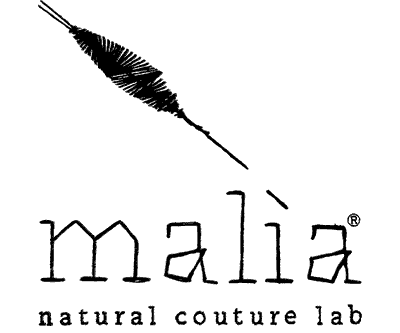
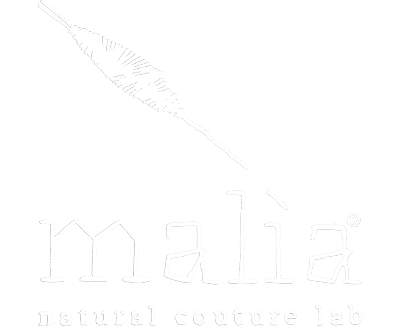



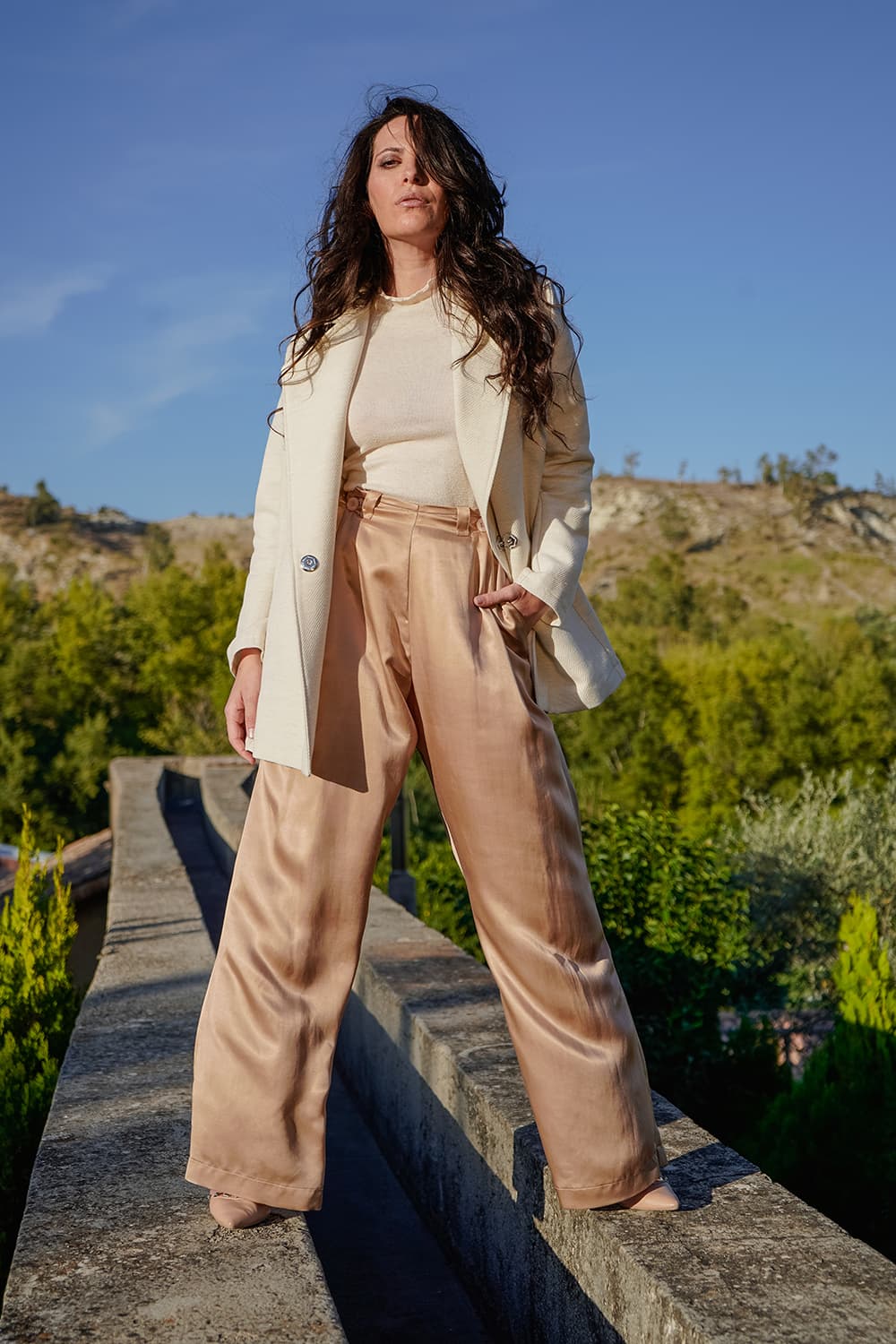
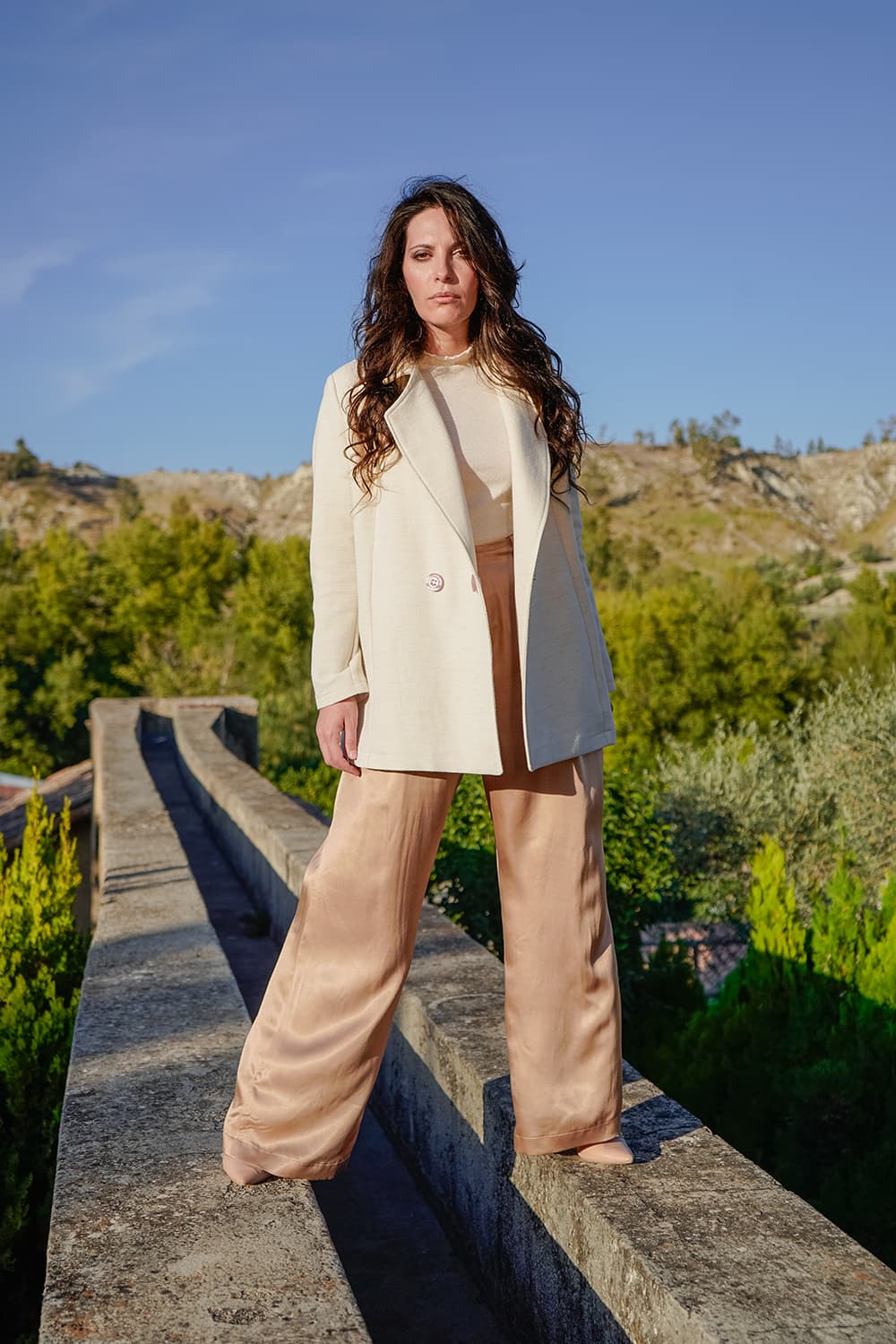



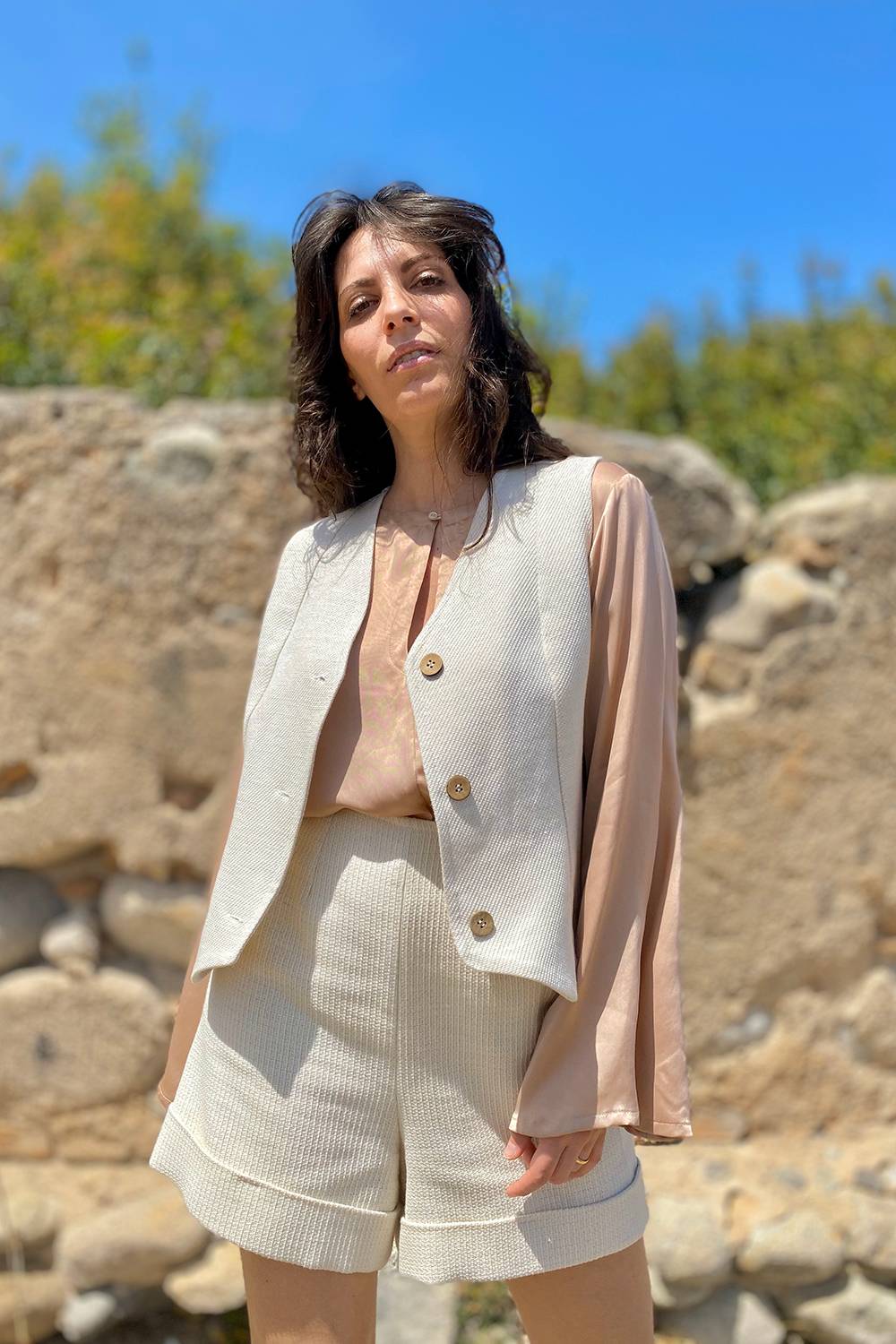
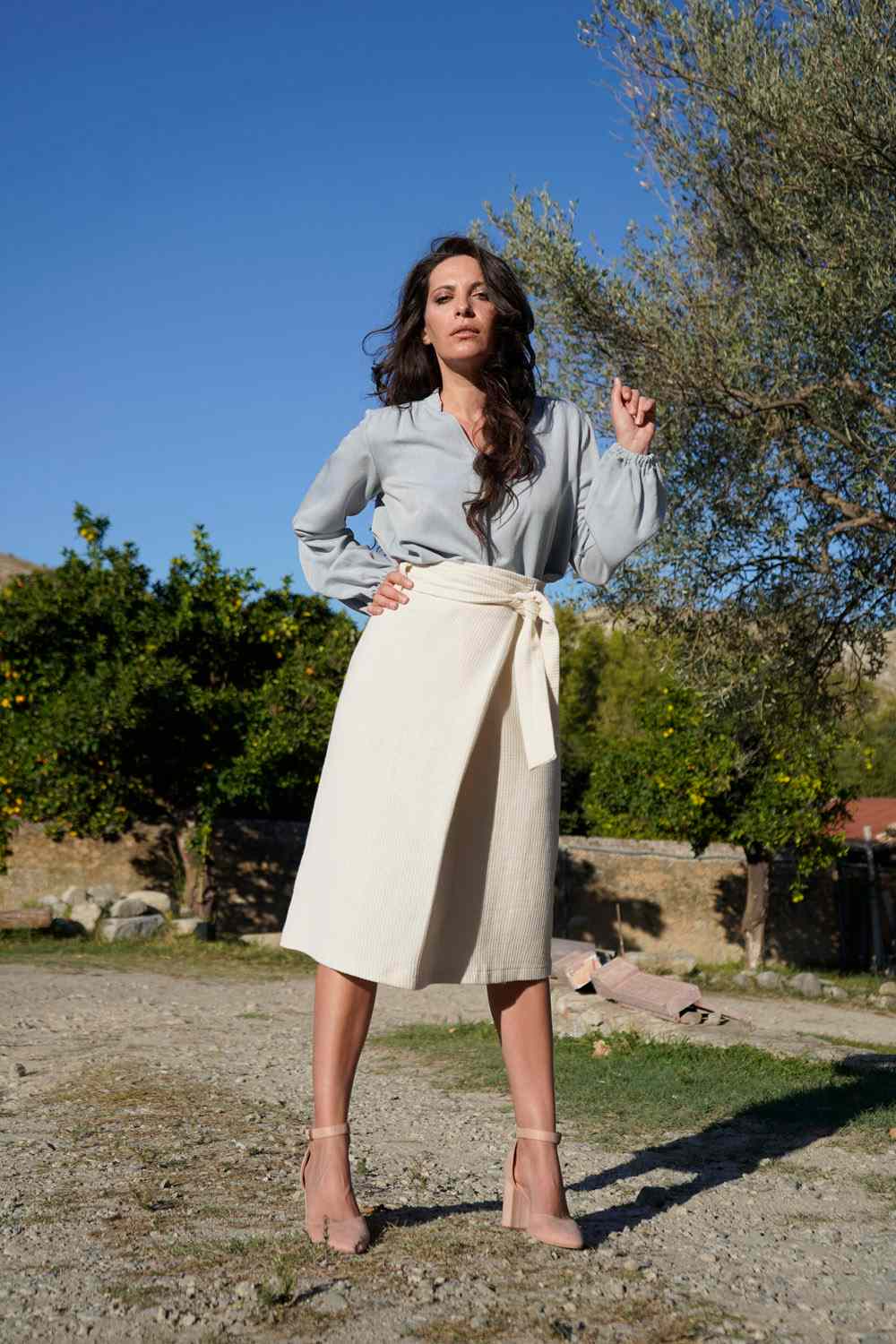
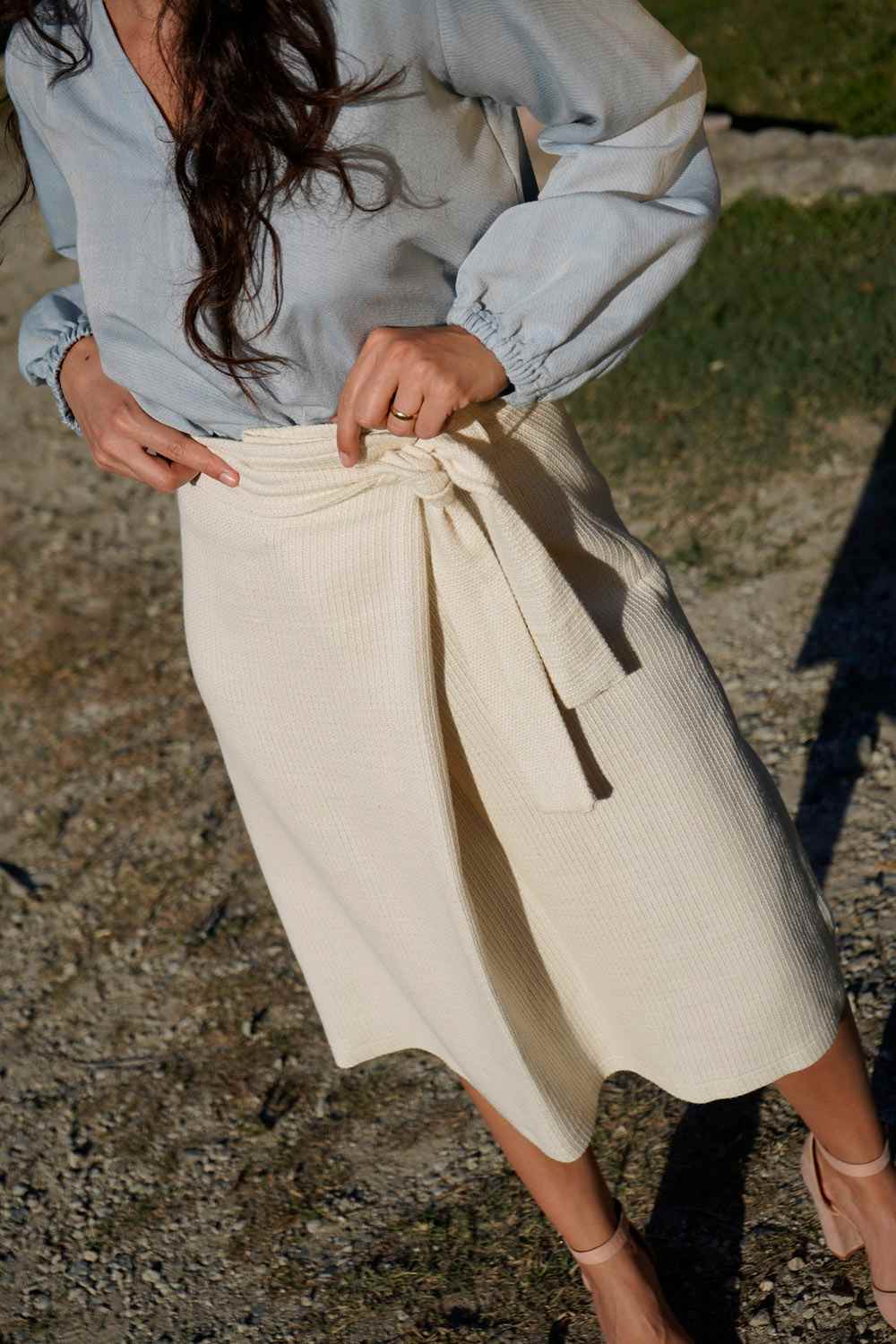

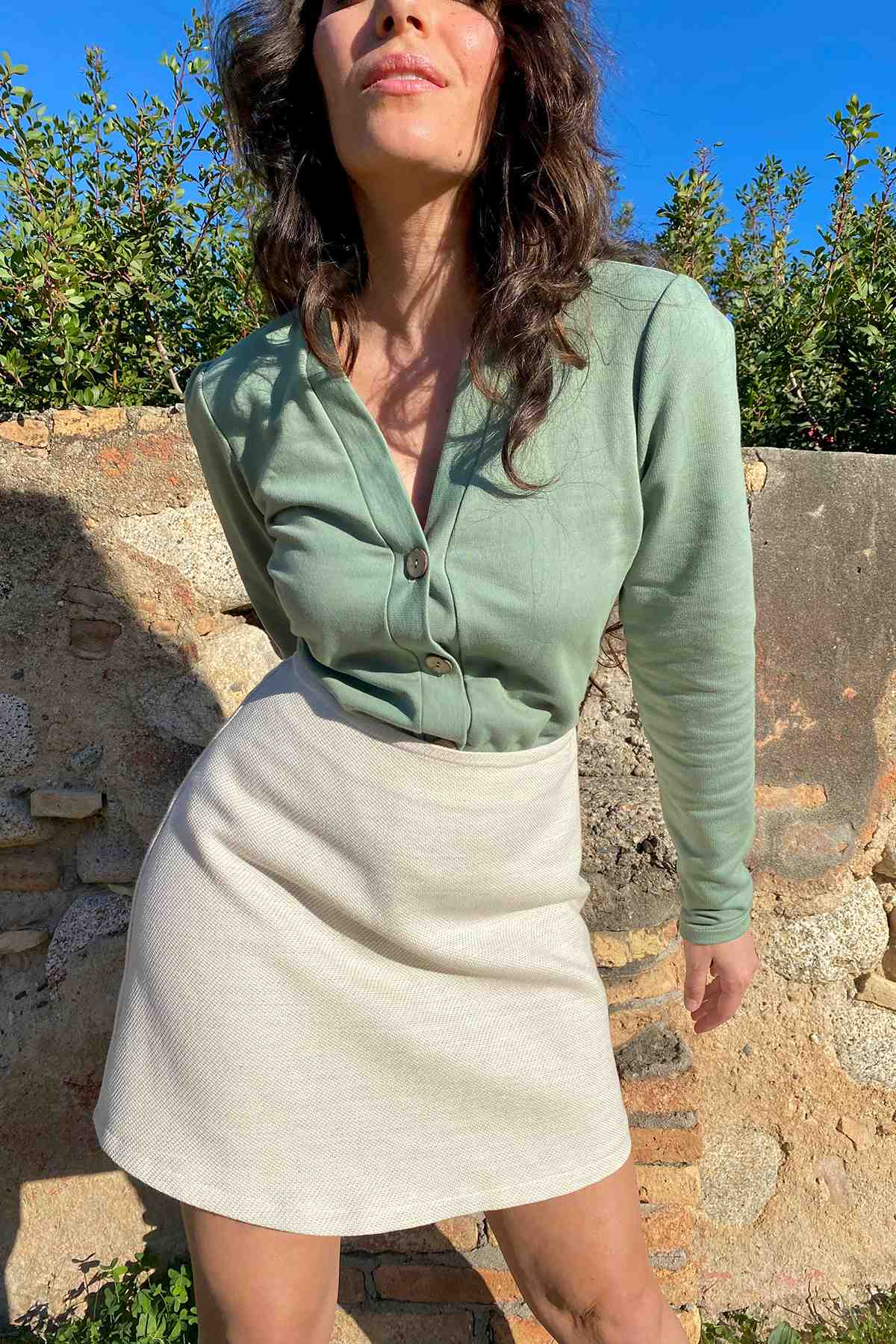
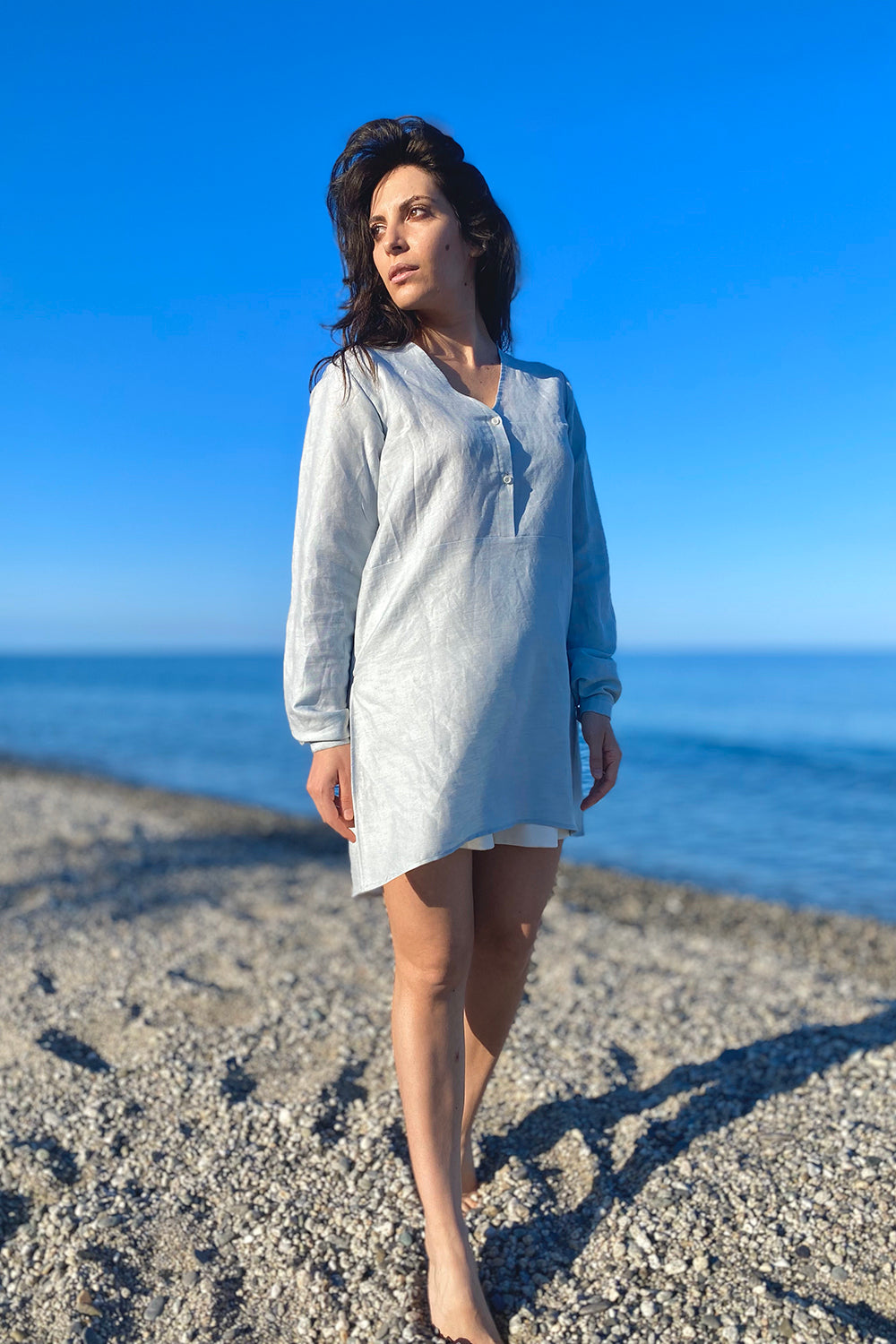
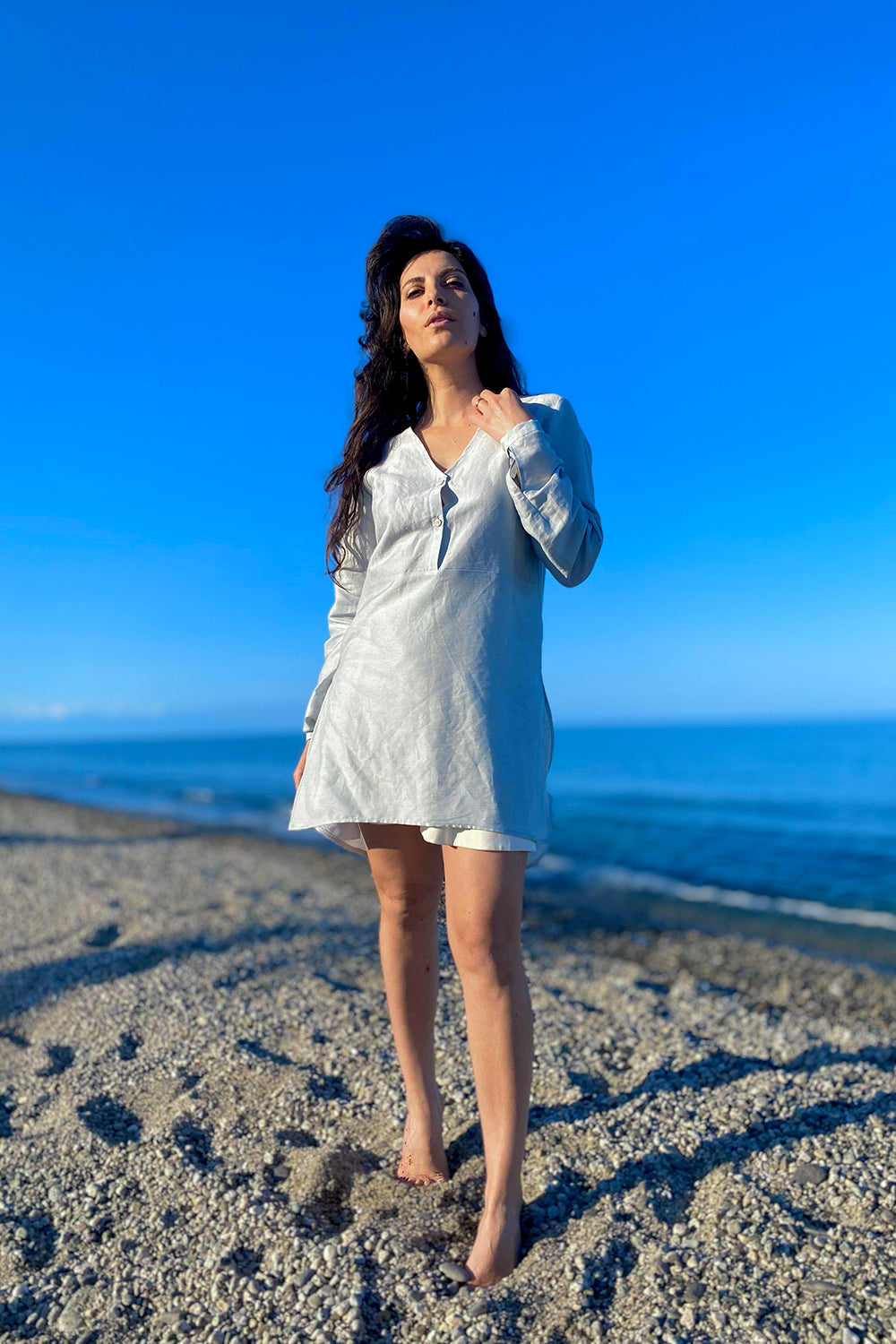



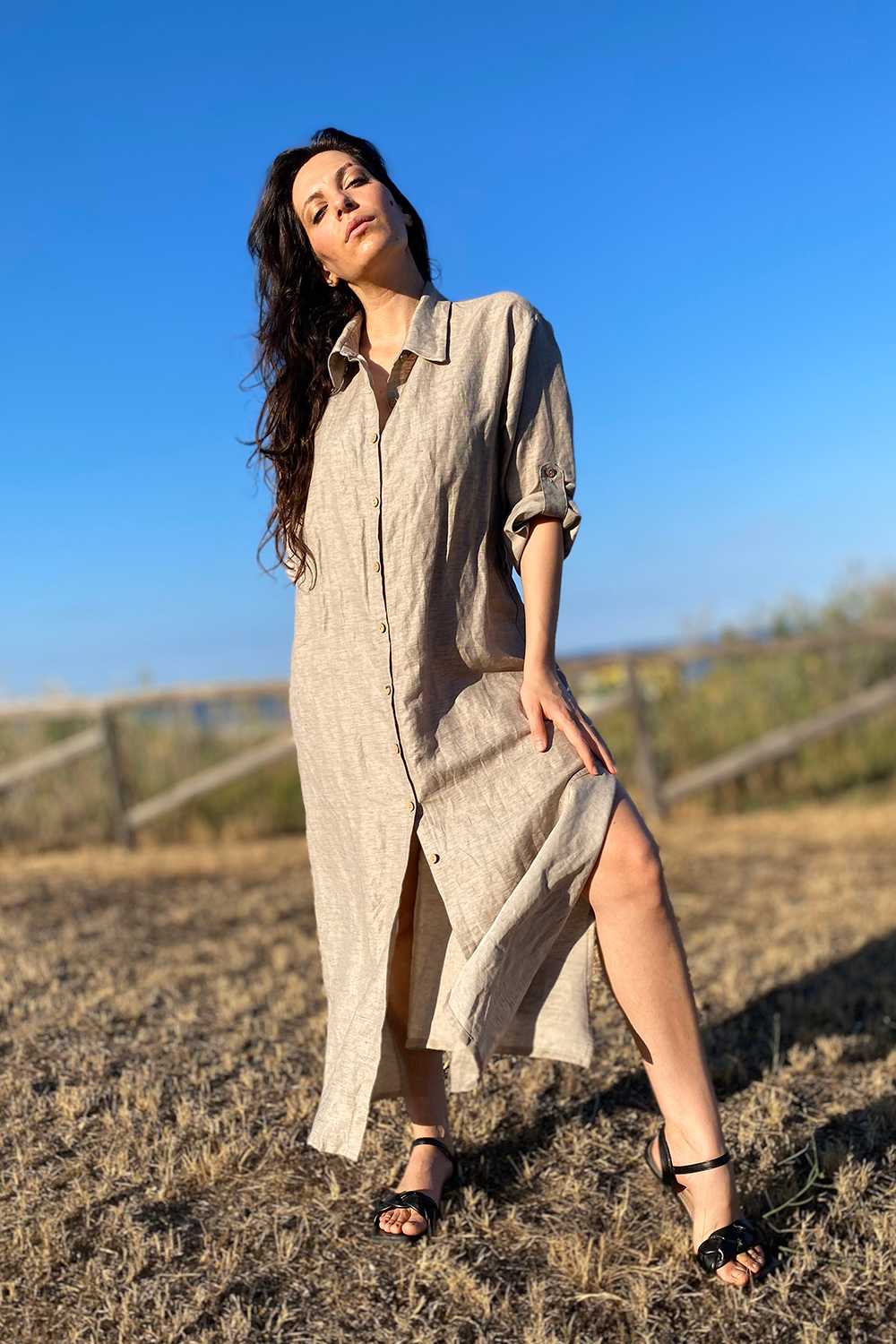
Leave a comment
All comments are moderated before being published.
This site is protected by hCaptcha and the hCaptcha Privacy Policy and Terms of Service apply.